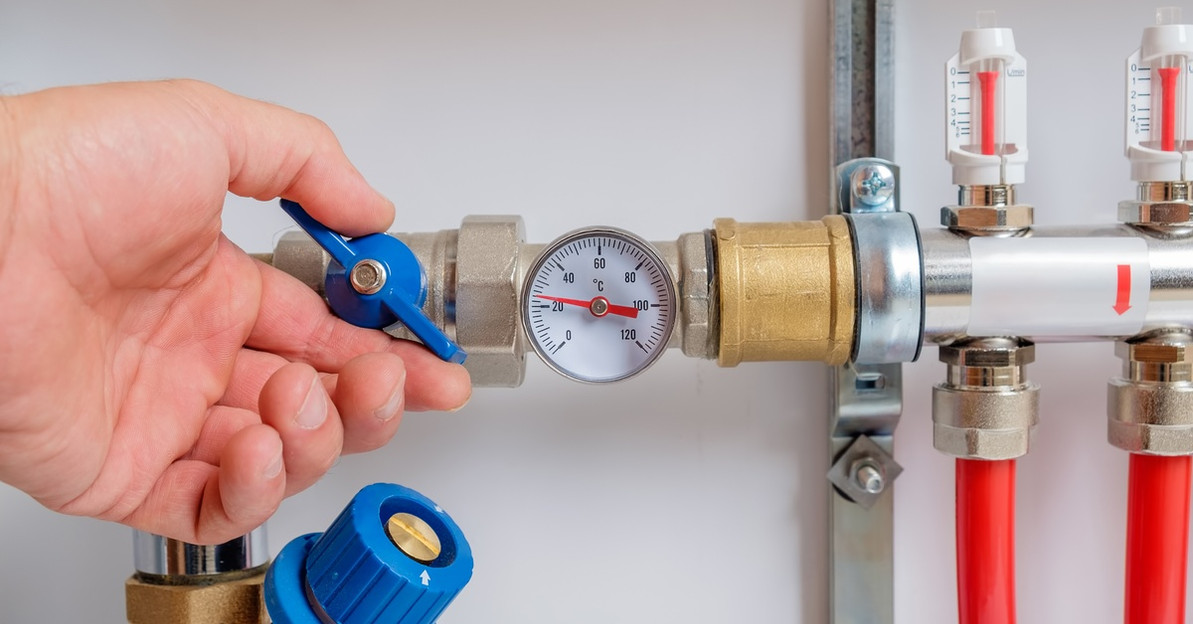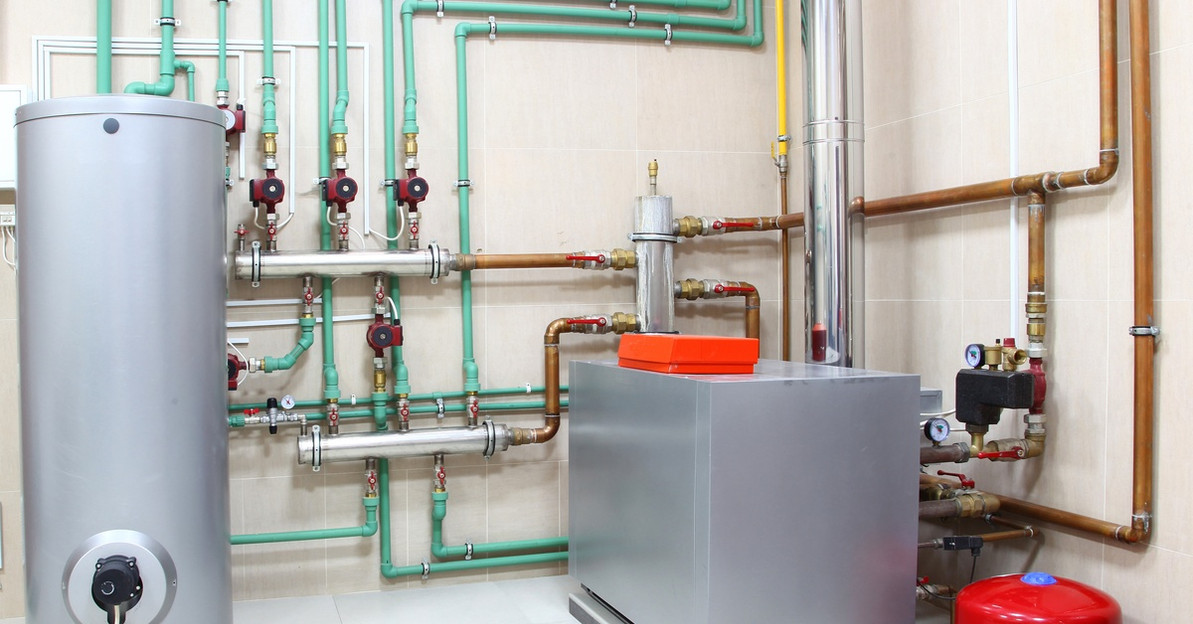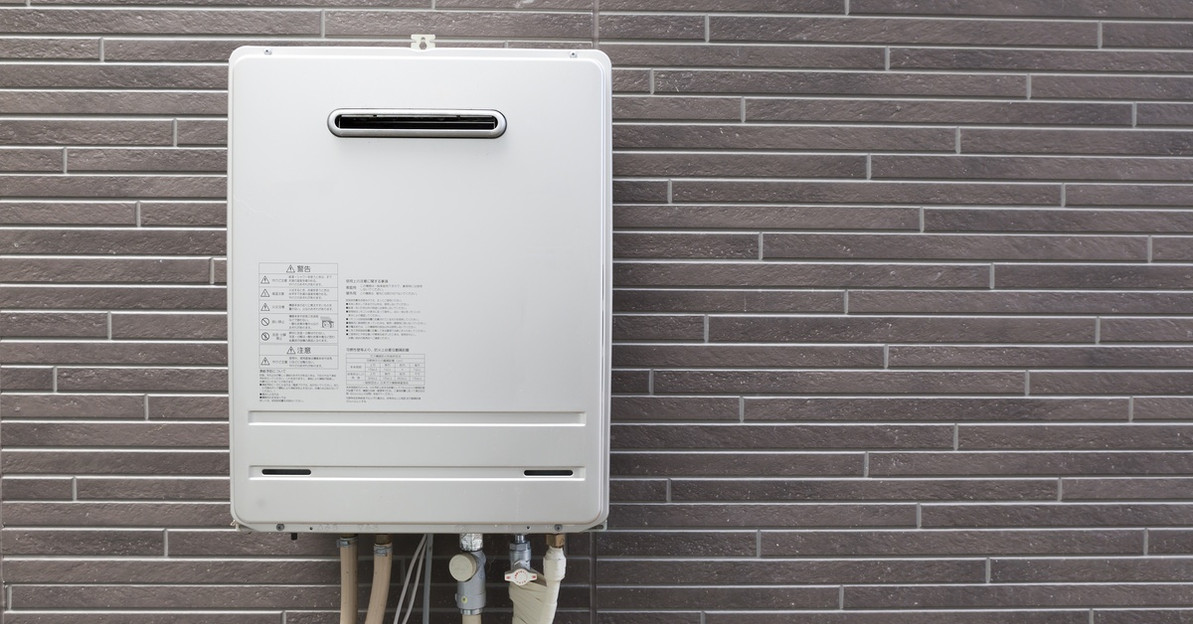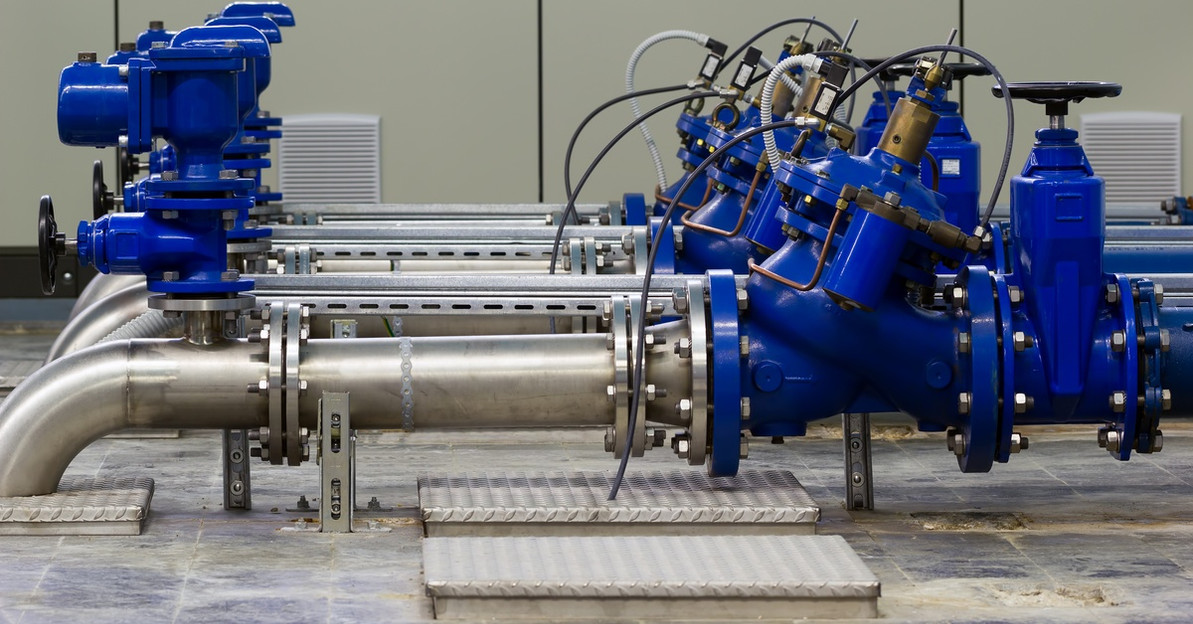Understanding the Function of Water Heater Valves
Water heaters are the quiet heroes of modern living, bringing warm water to your home whenever you need it. While many people focus on the heater itself, the system’s valves play just as important a role in keeping things running smoothly. But what are these valves, and why do they matter? Let’s break it down step by step.
What Are Water Heater Valves?
Water heater valves are devices that control how water flows into, through, and out of your water heater. They may seem small, but they directly affect how safe and functional your system is. These valves can manage pressure, prevent overheating, and allow you to shut off water quickly when needed.
Each type of valve serves a unique purpose, and if one fails, it can lead to a variety of annoying problems. For example, a faulty valve can cause inconsistent water temperature or, worse, safety hazards like leaks or high pressure.
Types of Valves and Their Roles
There are several types of valves, and each serves a distinct function.
Temperature and Pressure Relief Valve (T&P Valve)
This valve opens automatically when the temperature or pressure inside the tank gets too high. It prevents dangerous levels of pressure from building up by releasing water and steam.
Shut-Off Valve
The shut-off valve stops water from flowing into the heater. You’ll use this valve when you’re performing maintenance or dealing with a leak.
Drain Valve
Found near the base of your tank, the drain valve helps you flush sediment out of the water heater. Regularly draining your heater can improve efficiency and extend its lifespan.
Mixing Valve
This valve helps maintain a safe water temperature. It delivers water at an ideal temperature to your faucets by combining cold and hot water.
Tankless Systems and Valve Functionality
If you have a tankless gas water heater, you might not deal with the same types of valves used in traditional water heaters. However, similar principles apply. For example, a tankless system still needs shut-off valves for water and gas control. Additionally, some models have built-in pressure relief components or filters to protect the system.
Why Regular Valve Maintenance Matters
All valves, no matter how sturdy, need to be checked and maintained regularly. A clogged or worn-out valve can reduce efficiency, increase energy bills, and create safety risks. For example, if the T&P valve sticks shut, you might find yourself dealing with dangerously high pressure.
Checking your valves for signs of wear, leaks, or unusual noises doesn’t take long and can save you a lot of money in the long run. Many homeowners find it useful to schedule an annual inspection to catch small problems before they turn into costly repairs.
Water heater valves might not get much attention, but they play an essential role in keeping your system safe and efficient. From regulating temperature and pressure to providing quick shut-off options, these valves make your water heater work the way it should. By understanding these components and keeping up with basic maintenance, you can extend your water heater’s life and avoid unnecessary headaches.
Recent Posts
-
A Guide to Implementing Indirect Water Heating With Boilers
Choosing the right water heating method for your home or business significantly impacts energy effic …Dec 9th 2025 -
How Tankless Water Heaters Can Benefit Commercial Kitchens
A commercial kitchen operates at a fast pace and maintains very high performance standards. Every pi …Dec 3rd 2025 -
Noise Reduction Strategies for Urban Booster Pump Installs
In densely populated urban areas, every sound matters. The constant hum of traffic, construction, an …Dec 2nd 2025





